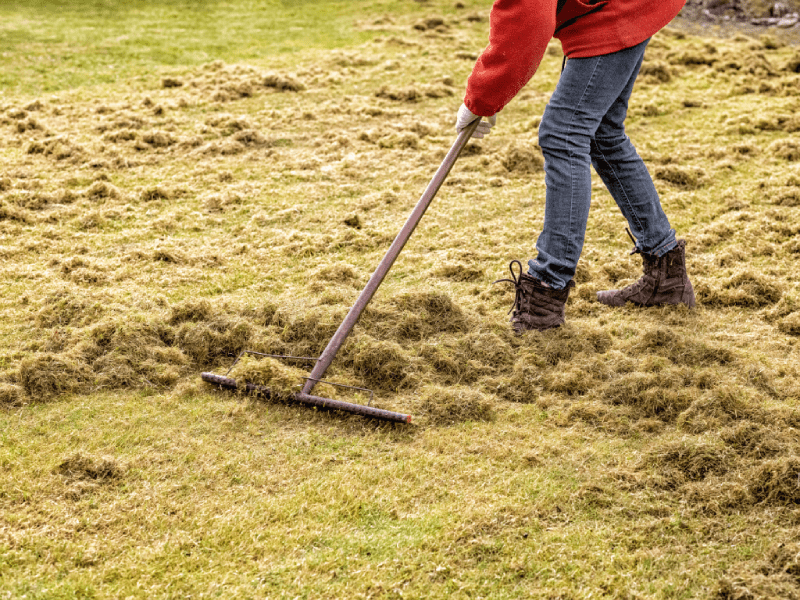As the winter frost starts to dissipate and your lawn and garden start to come to life again, the time has come to bring out the mower and rake, and get your yard ready for the spring. If you want to make sure that your lawn and yard look perfect for the warm months to come, follow these simple tips.
Don’t be in a hurry to fertilize your lawn
You might be tempted to start fertilizing your lawn as soon as you see the first signs of spring, but it is better to wait a while. Fertilizing a lawn that is still dormant is likely to be a waste of time and may even cause problems later on. Lawn fertilization should undoubtedly be on your spring lawn care list, but wait until you start to see signs of life first. When you start to see green where there was previously only brown, or when you detect any new growth, that is the time to begin fertilizing.
Know your grass type
The right time for mowing and fertilizing will also depend on the type of grass you have. Be aware of what species of grass you have on your lawn and look for the most suitable care instructions. If you have warm-season grasses, such as Bermuda or Carpet grass, you will only start to see growth until well after the last spring frost, so you will need to be exceptionally patient before you start mowing and fertilizing. If you have cool-season grass, such as Kentucky Bluegrass, it should have survived the cold pretty well and started to thrive at the beginning of spring. You will need to strengthen it for the hot summer months ahead.
Mow at the right time
Just as you need to wait before you fertilize your lawn, you should also take a patient and strategic approach to your mowing. A good rule of thumb for all grass species is to wait until the temperatures reach around 40℉ and your grass has grown to around two or three inches before mowing.
Before mowing, first rake and prune
Before attempting anything on your lawn or in your flowerbeds, first wait for the area to dry out after the thaw. Once your yard is dry enough, use a dethatching rake to remove those small pieces of dried, dead grass on the surface of your lawn. If you don’t remove this thatch, it can block water, sunlight, and fertilizer from getting through to the living grass. Next, prune and tidy up the existing plants, flowers and shrubs in your garden. Remove all dead plants and clippings from your garden so that you can make way for new ones.
Remove the winter debris
Plenty of debris is likely to have collected on your lawn during the winter. Small branches, twigs, old leaves, can all be gathered up and composted. Some larger debris, such as tree stumps, larger branches and dead plants, may need to be disposed of. Renting a dumpster for this purpose is a great way to help you complete your yard cleanup more efficiently.
Collect leaves for use as mulch
The majority of the yard refuse you collect as winter comes to an end will consist of dead leaves and annual plants. The good thing about these is that they are made of organic matter that can be put to good use in gardening. Using leaf litter as mulch is a great way to recycle your yard debris. The leaves should be chopped into small pieces – you can use your lawnmower for this. You can work the litter into your flower beds or vegetables. The smaller they are shredded, the quicker they will break down into the topsoil.
If you need help removing debris from your yard, speak to Junk Boss. We can remove landscaping and weather debris for you. We also have dumpsters for rent, which are perfect for your lawn care debris removal. Contact us for more information.

